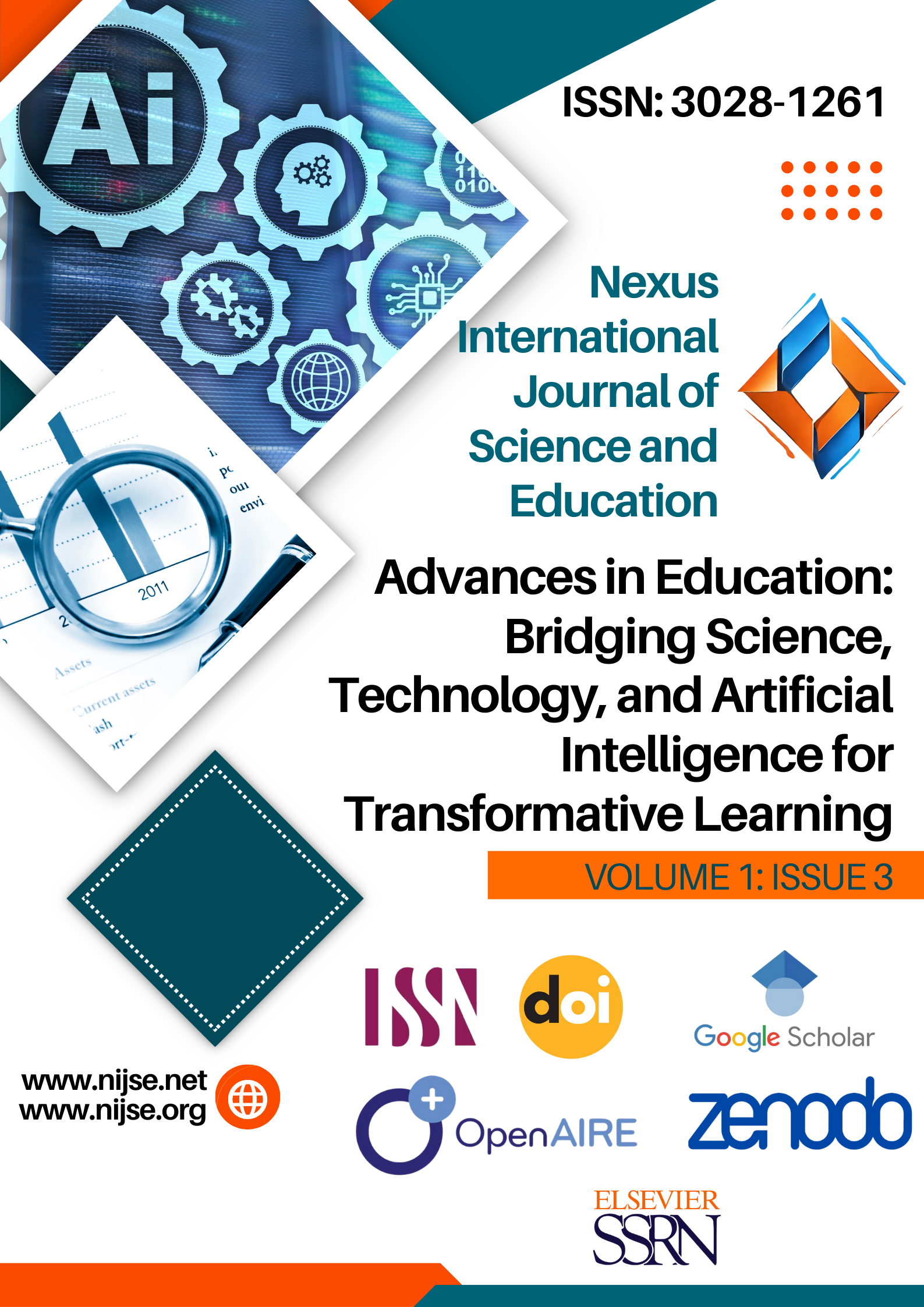Language Barriers In Learning Development: A Voice Of Simplification
DOI:
https://doi.org/10.5281/q3q27p71Keywords:
language barriers, learning development, voice of simplificationAbstract
This study described how the policy on intensifying the medium of instruction in teaching specific learning areas was carried out by teachers using the English language during the School Year 2022-2023. A qualitative research design was used, and assumptions regarding selecting participants and ethics in collecting, analyzing, and interpreting data were considered. Respondents were the parents who were purposely selected through referrals and using facilitating questions to draw out narratives on their experiences, challenges, and coping mechanisms and further learning insights given their professional growth and pedagogical accountability to learners’ development skills and ability to develop and improve academic performance and despite of all instructional interventions delivered, and where learning generally happens not only in school but at home as well is being considered to be explored. Teachers ' experiences with language barriers in the learning development of elementary learners were challenged by limited language barriers, vocabulary gaps, and complex sentence structures. Coping mechanisms have been found to cope through intensification of teaching strategies, community immersion, and engagement activities with parents. Educational insights were found to redirect attitudes toward adaptation, recommend actions for policy, and keep the right track for follow-up. Future direction may provide an opportunity to translate the findings into practical actions and interventions at the district, school, and classroom levels. Continued research and collaboration among stakeholders contribute to improving educational practices, policies, and support systems for young learners and their families.
Downloads
Published
Issue
Section
License
Copyright (c) 2024 Nexus International Journal of Science and Education

This work is licensed under a Creative Commons Attribution-NonCommercial-NoDerivatives 4.0 International License.


